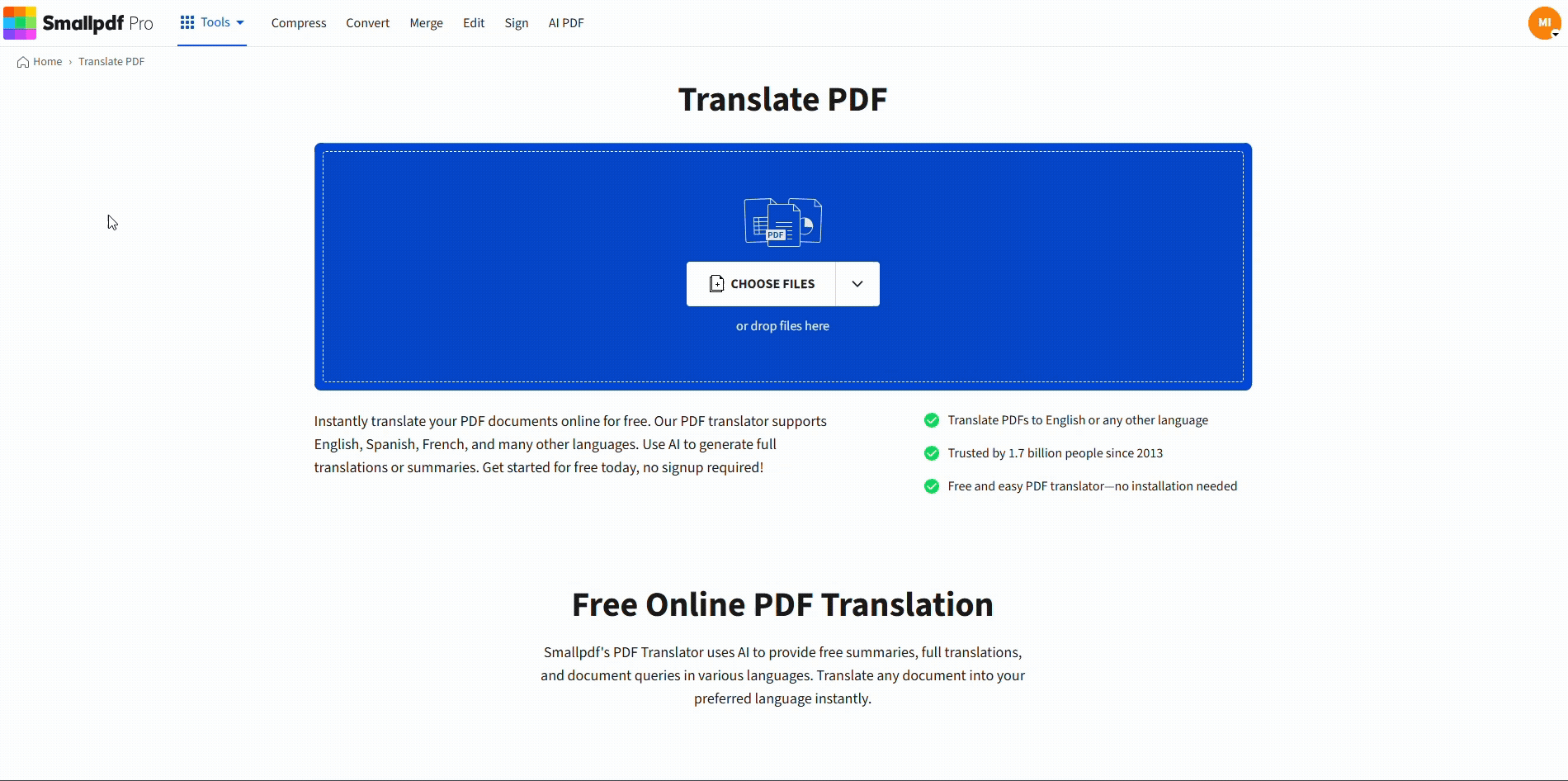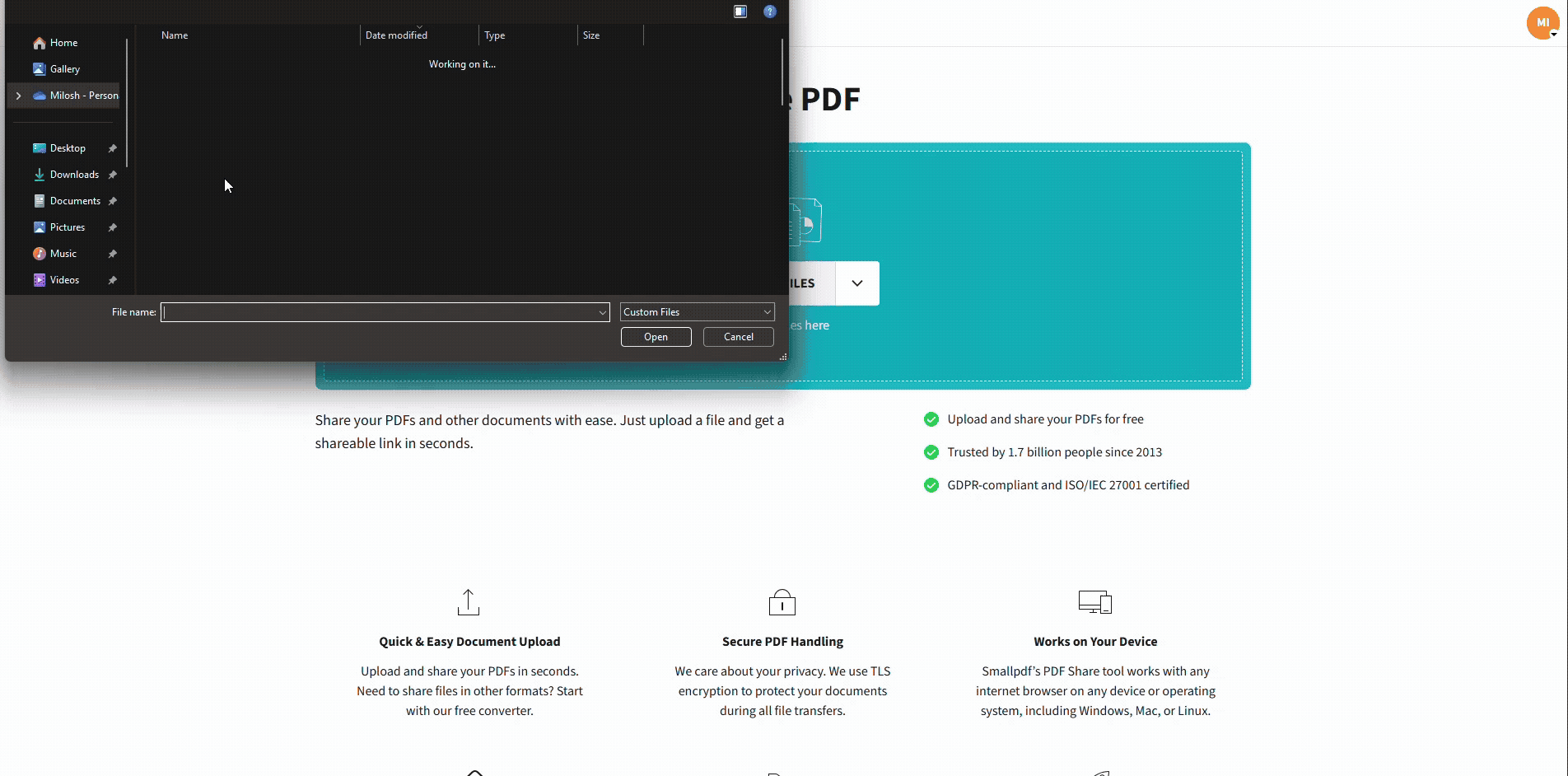Someone just asked for your bank statement, but is it actually safe to share? It depends who’s asking and how you send it.
In this guide, we’ll explain when it’s okay to share your bank statement, when to think twice, and exactly how to protect your PDF before sending it.
We’ll also show you how to edit or redact sensitive info and share it securely.
Why Sharing Bank Statements Can Be Risky
A bank statement contains more than just your balance. It can reveal your full name, account number, income, expenses, and even your spending habits, making it a prime target for identity theft and fraud.
If this document ends up in the wrong hands or is shared over unsecured channels (like open email or cloud links without password protection), you could expose yourself to phishing, social engineering, or worse.
Common Scenarios When You’re Asked to Share Your Bank Statement
Here are a few legitimate situations where you may be asked to share your bank statement:
- Loan applications: Lenders use statements to assess creditworthiness and income consistency.
- Rental agreements: Landlords may request proof of financial stability.
- Visa applications: Immigration officers often want to confirm funds.
- Expense reimbursements or audits: Employers and accountants may ask for financial proof.
In all of these cases, it’s important to verify who is requesting the document, why they need it, and how they intend to store or delete it after use.
How to Safely Share a Bank Statement
Can you share your bank statement with someone? The short answer is: yes, but only if you control the sharing process. Here’s how:
Step 1: Redact or Edit Sensitive Info (If Needed)
Use the Redact PDF to permanently hide private or sensitive information from your document. You can redact:
- Account numbers (replace with “xxxx” or fully black out)
- Irrelevant transactions
- Personal notes or memos

Redact Sensitive Information
This tool fully removes the content from the file, not just covers it up. You can also draw black boxes or add notes to indicate what was hidden.
Step 2: Protect the File With a Password
Once the edits are done, go to Protect PDF to lock your bank statement with a password. This prevents unauthorized access if the file is intercepted.
Choose a strong password (at least 12 characters, using a mix of symbols, numbers, and letters) and share it via a different channel (e.g., send the PDF via email, and the password by phone or text).
Step 3: Share It Securely Online
Use the Share Document tool to send the file directly through a secure, time-limited download link. This way, you don’t have to attach it to an email or upload it to a risky platform.

Safely Share a Bank Statement
FAQs
1. Is it safe to share my bank statement through email?
Only if you encrypt it first with a password. Otherwise, email is not a secure platform for sensitive financial data.
2. How can I secure my bank statement before sharing it?
Use Smallpdf’s Protect PDF to encrypt the file and Share Document to control how it’s accessed.
3. What’s the difference between redacting and editing a bank statement?
Redacting permanently hides content (like blacking out text). Editing lets you remove, replace, or reword parts of the file.
4. Can I password-protect my bank statement PDF?
Yes, just use Protect PDF. You’ll be able to lock the file and control who can open it.
5. What secure methods can I use to share my bank statement?
The best option is Smallpdf’s Share Document, which gives you a private link and prevents unauthorized access.
6. Is there a way to completely remove sensitive data from a bank statement?
Yes, redact it properly using the Redact PDF and save the changes permanently before sharing.



